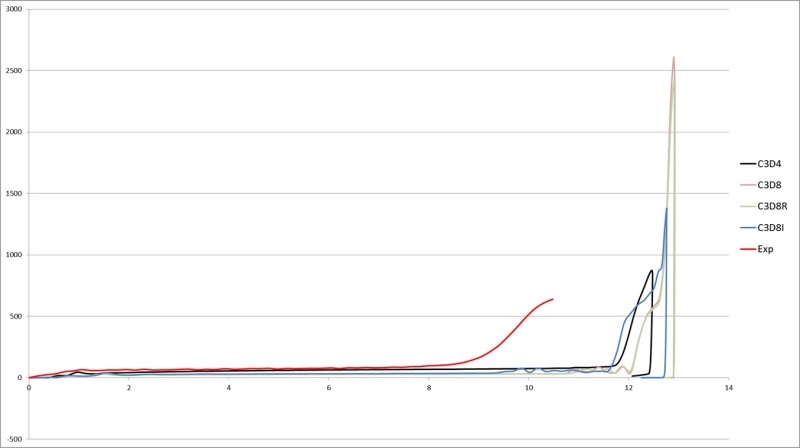ShadowWarrior
Civil/Environmental
Dear FEA experts,
I need to mesh this part in C3D8 elements, but I'm getting a large number of element warnings (~13%) and my simulation terminates midpoint due to excessive element distortion. I have also tried C3D4 Tetrahedron elements but they give a stiffer result.
Please download the part here -
Somebody please help!
I need to mesh this part in C3D8 elements, but I'm getting a large number of element warnings (~13%) and my simulation terminates midpoint due to excessive element distortion. I have also tried C3D4 Tetrahedron elements but they give a stiffer result.
Please download the part here -
Somebody please help!



![[smile] [smile] [smile]](/data/assets/smilies/smile.gif)
